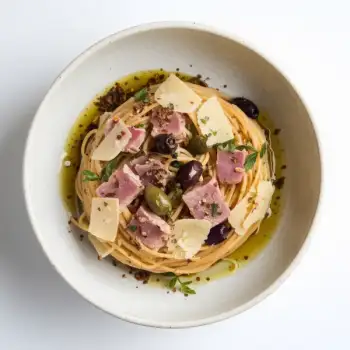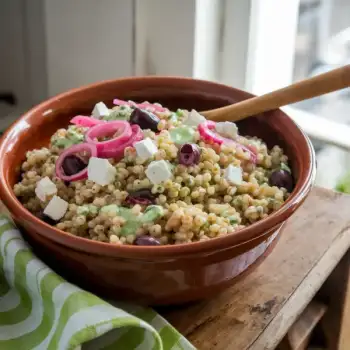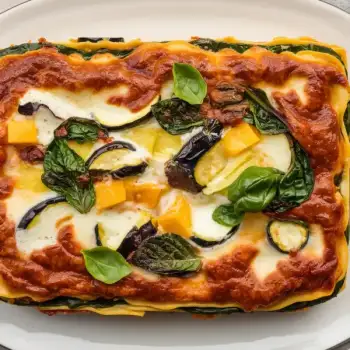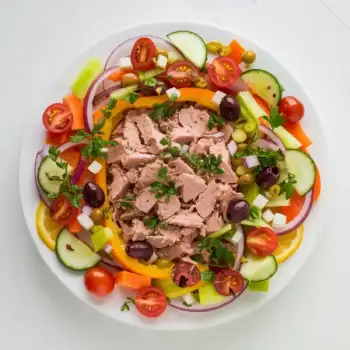


Whole
Whole Kalamata olives are typically found in jars or cans, preserved in brine or olive oil. They are ideal for salads, pizzas, and pasta dishes.
Canned
Kalamata olives stored in a can, typically whole or pitted, providing long-term storage and ease of use.
Jarred
Kalamata olives preserved in a jar, either whole, pitted, sliced, or stuffed, offering convenience and a longer shelf life.
Pitted
Kalamata olives that have had their pits removed. They are convenient for cooking and eating, but may lose some flavor compared to whole olives.
Pureed
Kalamata olives that have been blended into a paste, often used in spreads, dips, and sauces.
Sliced
Kalamata olives that have been sliced into thin rings. They are often used as a topping for pizzas and salads.
Stuffed
Kalamata olives that have been pitted and filled with various ingredients such as garlic, almonds, or cheese. They are a popular choice for appetizers and snacks.




olive paste: Roland
whole olives: Divina
pitted olives: Lindsay
sliced olives: Pearls
stuffed olives: Mezzetta

Baking: Kalamata olives can be baked as part of a dish, such as a casserole or pizza. They should be added towards the end of the cooking process to prevent them from becoming too dry.
Sautéing: Kalamata olives can be sautéed with other ingredients, such as garlic and tomatoes, to create a flavorful base for sauces or stews.
Marinating: Kalamata olives can be marinated in a mixture of olive oil, lemon juice, and herbs for a few hours or overnight to enhance their flavor. This method is often used when the olives are served as part of a cheese or antipasto platter.













